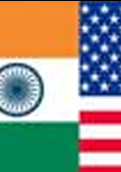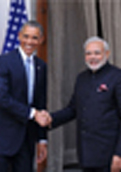A Forecast of the Modi-Trump Meeting
No new initiative likely on strategic cooperation front, and complaints on H1B visa issue unlikely to fall on receptive ears since available data does not support the current Indian urban myth.
- G. Balachandran
- June 22, 2017














